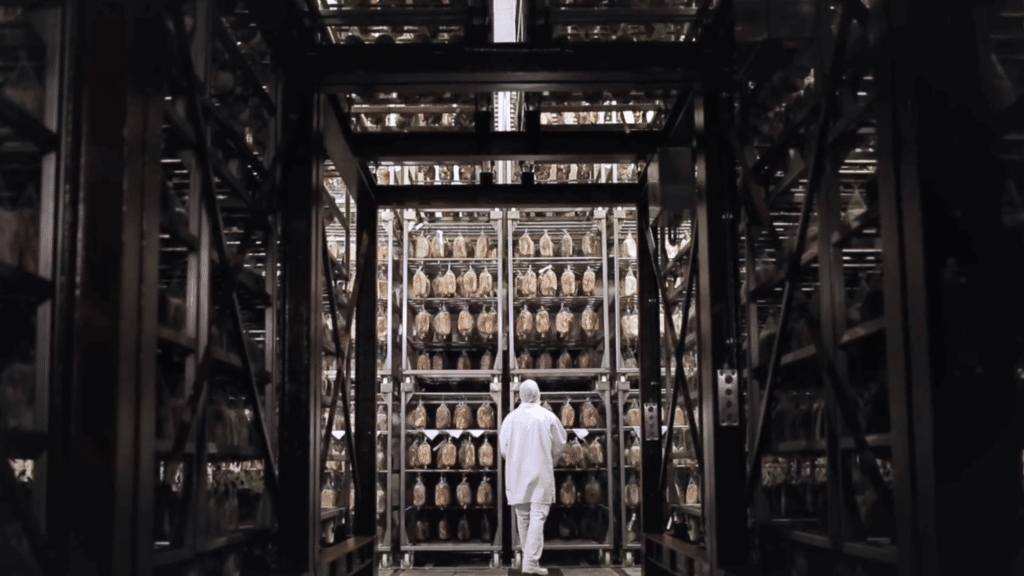Employees across the organization
Future Factory and OpEx 4.0 Implementation Achieves -42% Labor Cots and +53% Productivity
A leading defense conglomerate unified 25 companies through comprehensive digital and operational transformation. Together, EFESO and the in-house team harmonized disparate systems and cultures while establishing new production standards. The initiative encompassed 12 manufacturing entities with 12,000 employees.

Our Client
This prominent aerospace and defense company emerged from the rapid consolidation of nearly 27 business entities. Its portfolio spans firearms, ammunition, UAVs, light to medium defense vehicles, and aircraft components. The group maintains 12 manufacturing entities focused on delivering military weaponry and related technologies.
Manufacturing and service sites
Annual turnover



The Challenge
Rapid consolidation had created unprecedented organizational complexity requiring immediate attention.
- Strategic organizational integration: Merging diverse entities meant reconciling different systems, cultures and legacy processes. Each entity brought its own operational methods, creating barriers to unified performance management and innovation at scale.
- Operational inefficiencies: Disparate production systems across sites resulted in duplicated licensing costs and inconsistent business processes. The lack of standardization hampered efficiency gains and prevented company-wide visibility into operational performance.
- Digital maturity gaps: Legacy systems and varying degrees of digital adoption across entities created missed opportunities for automation and data-driven decision making. The fragmentation prevented collaborative improvements and real-time operational insights.
Real Results Achieved Together
The comprehensive transformation program delivered measurable improvements in digital maturity, operational efficiency and workforce capabilities, including a fifty-three percent increase in productivity. Through the integrated implementation of future factory concepts and operational excellence 4.0 principles, the organization achieved substantial performance gains.
Reduction in labor costs
Production output increase
Employees upskilled
Transformation Impact
- Eliminated redundant systems and overlapping licenses through harmonization
- Established standardized best practices which were adopted group-wide with continuous improvement mechanisms
- Created real-time dashboards and advanced analytics for leadership decision-making
- Built regional center for applied innovation, now open to third parties

Our Approach
The transformation was anchored to three integrated pillars: digitization, organizational excellence and enduring capability building. We conducted digital maturity assessments across all entities, identifying readiness levels and opportunities. This enabled the creation of customized multi-year roadmaps addressing immediate and long-term objectives.
Working alongside client teams, we mapped existing workflows, benchmarked performance and redesigned processes to establish best-practice standards. The implementation included large-scale ERP platform rollout with IoT modules for end-to-end visibility. Production lines were redesigned from batch production to one-piece flow, creating scalable building blocks for manufacturing expansion.
The learning and innovation factory became central to workforce transformation, offering hands-on training in new systems, lean methodologies, and collaborative frameworks. We developed comprehensive training programs, coached internal trainers and established management routines. The facility showcased future potential using technologies such as NVIDIA Omniverse, demonstrating the full vision of transformed operations.



Facing Similar Defense Industry Growth Challenges?
- Managing complexity from multiple legacy systems while pursuing unified operational excellence
- Transforming disparate entities into cohesive, digitally-enabled manufacturing powerhouses
- Building sustainable capabilities that turn consolidation challenges into competitive advantages










